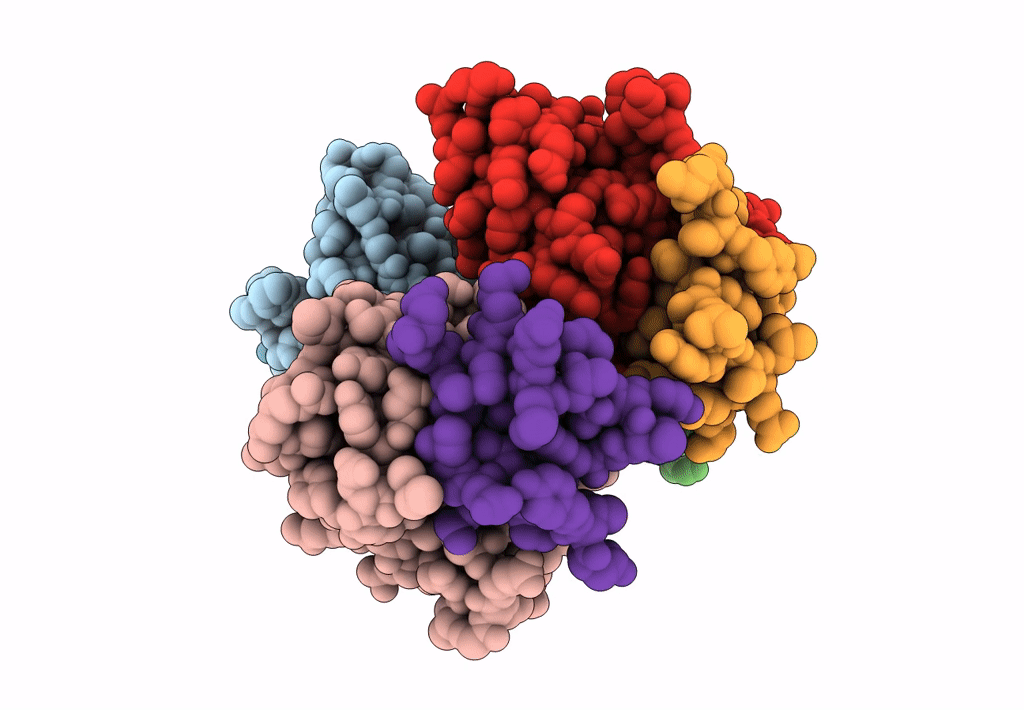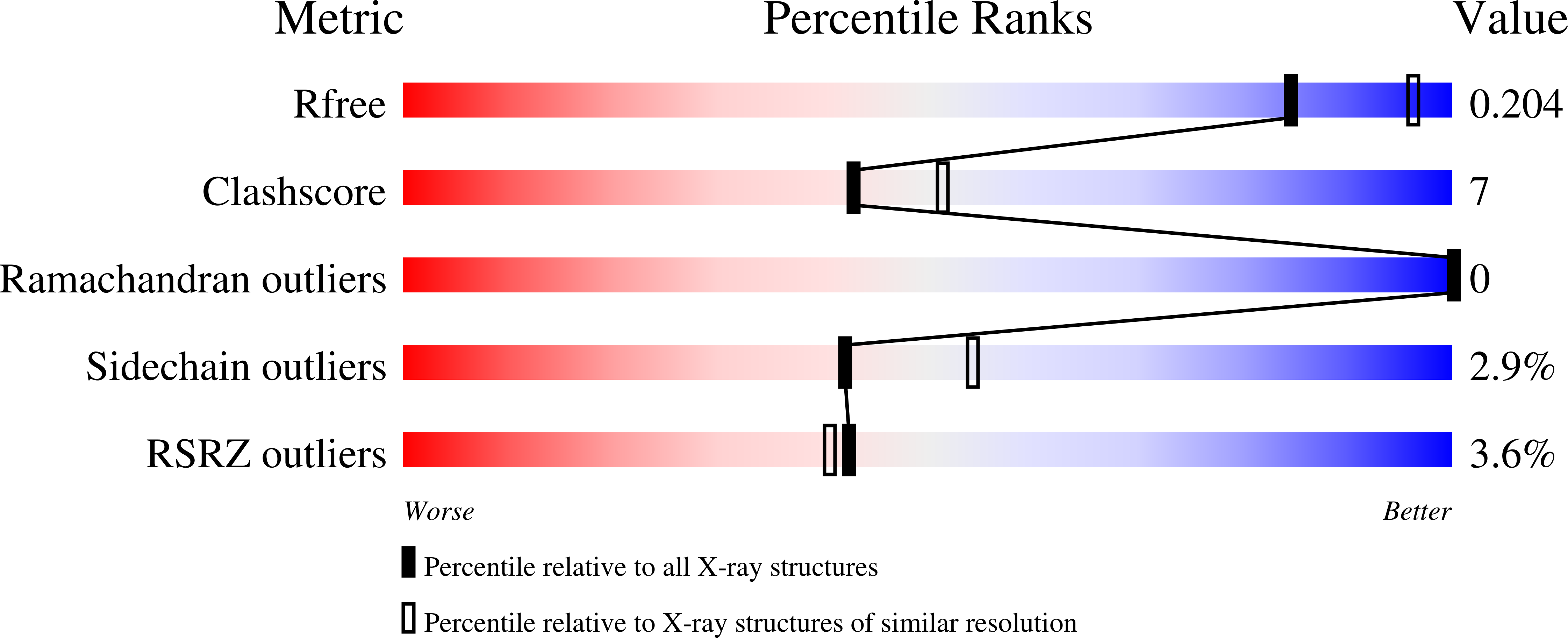
Deposition Date
2022-07-26
Release Date
2023-02-01
Last Version Date
2024-10-23
Entry Detail
Biological Source:
Source Organism:
Lama glama (Taxon ID: 9844)
Homo sapiens (Taxon ID: 9606)
Homo sapiens (Taxon ID: 9606)
Host Organism:
Method Details:
Experimental Method:
Resolution:
2.20 Å
R-Value Free:
0.23
R-Value Work:
0.19
R-Value Observed:
0.19
Space Group:
P 31 2 1


